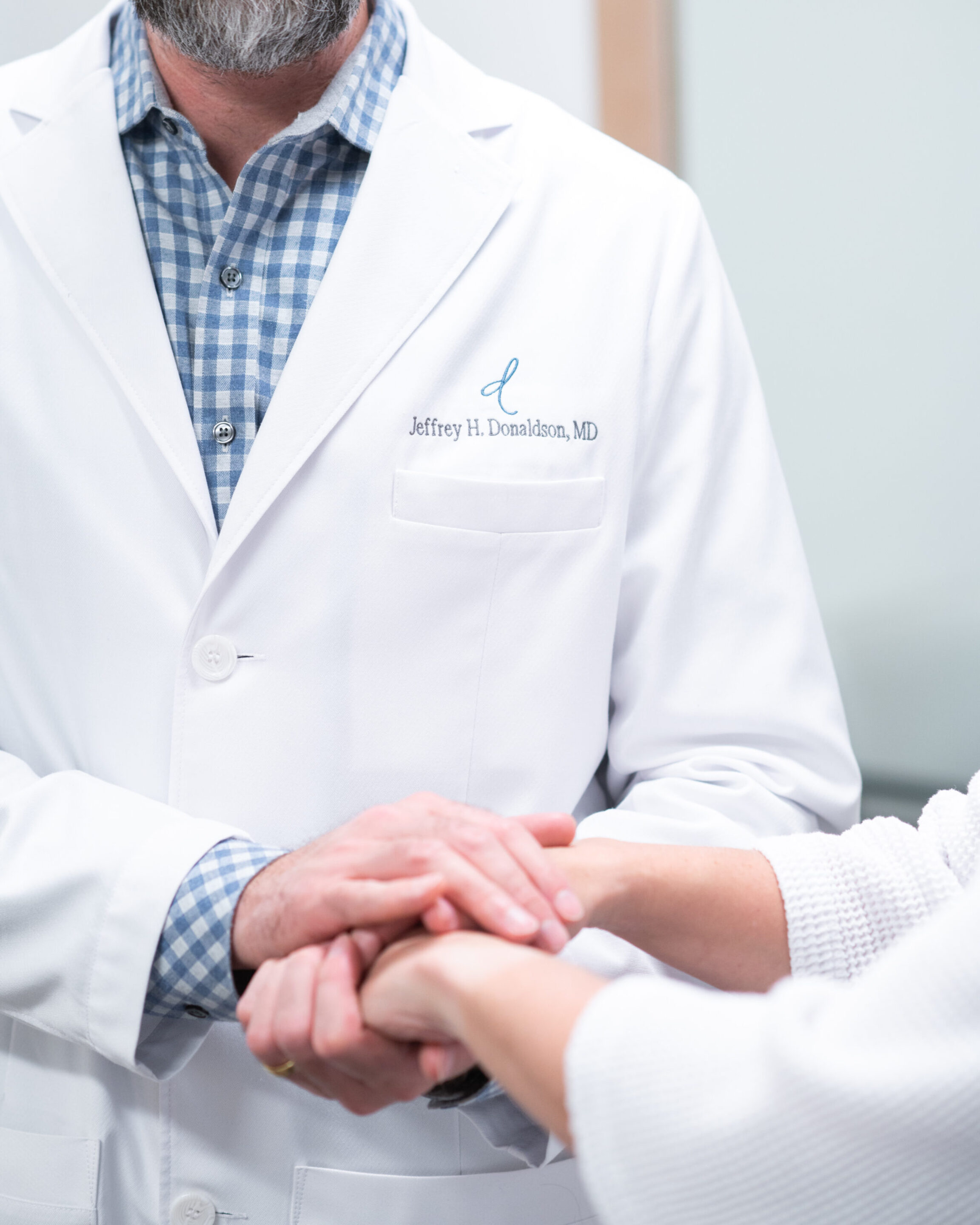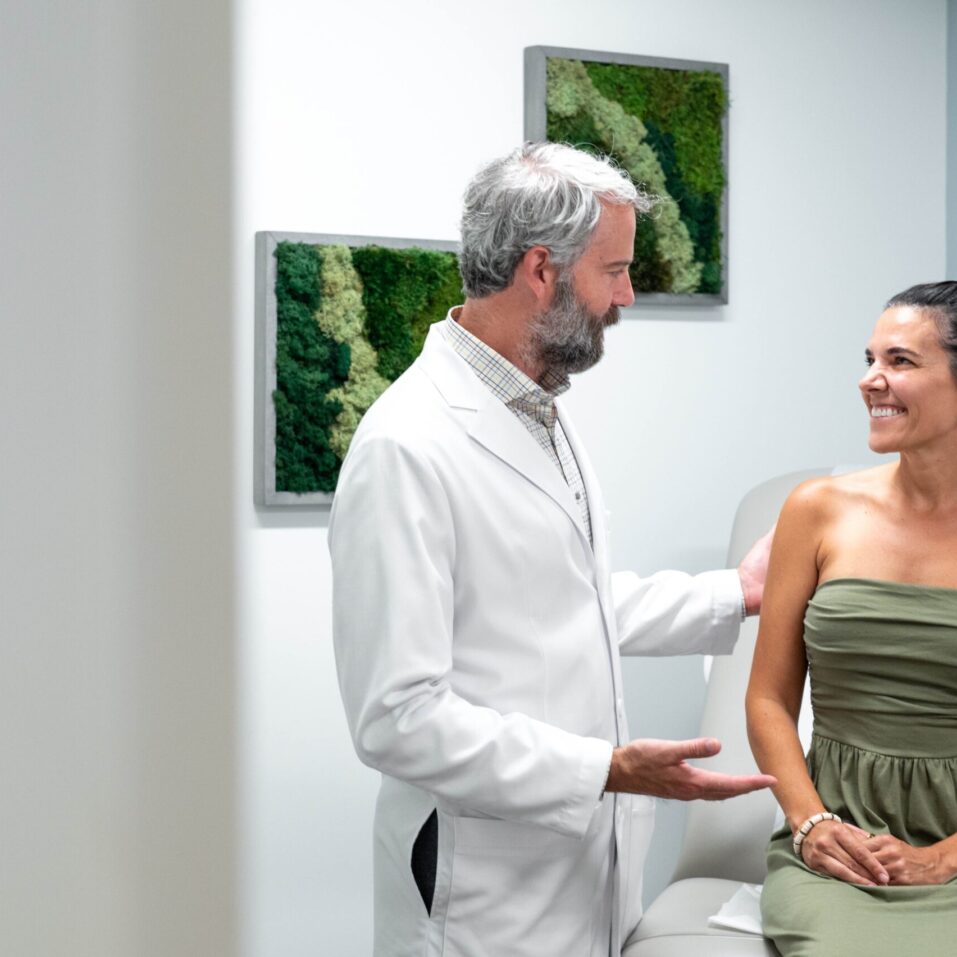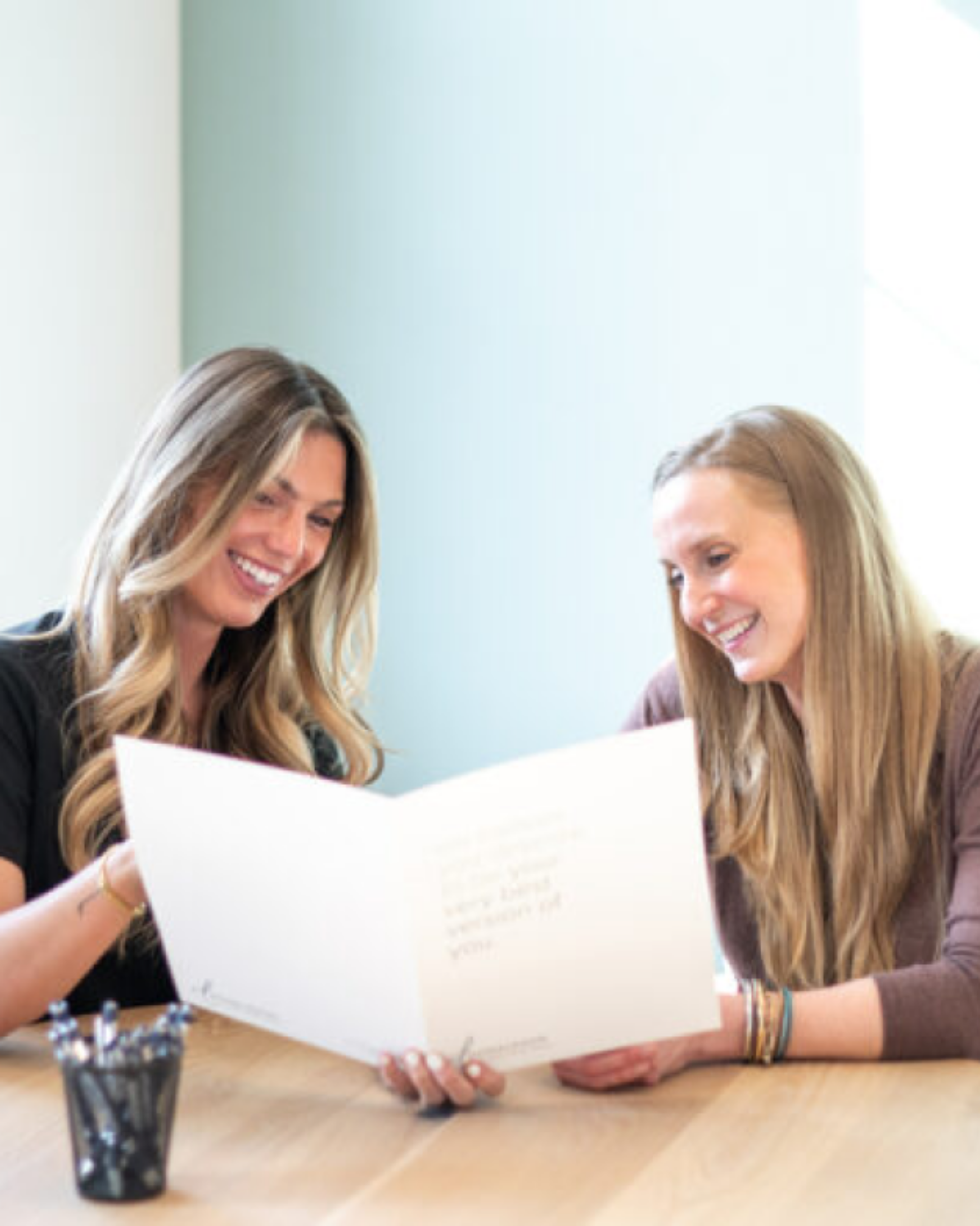Breast Augmentation Post-Op Instructions
Guidelines To Promote Healing & Minimize The Risk Of Complications

Undergoing breast augmentation surgery is a significant decision that involves careful planning and post-operative care to ensure optimal results, a smooth recovery and an all-around fulfilling experience. This guide provides comprehensive breast augmentation post-op instructions to help you navigate the crucial days and weeks following your procedure.
You can also view our “Breast Augmentation Recovery Checklist” here for additional preparation information.
But First — Contact Your Surgeon If You Experience Any Of The Following Symptoms:
- A high fever, (over 101º) severe nausea and vomiting, continued dizziness or incoherent behavior, such as hallucinations.
- Any pain that cannot be controlled by your pain medication.
- Bright red skin that is hot to the touch.
- Excessive bleeding or fluid seeping through the incisions.
- A severely misshapen appearance, excessive bruising or fluid retention localized to one region.
- Reaction to your medications such as rashes, nausea, vomiting, etc.
On The Day Of Your Surgery
Immediate Post-Op Care
Upon discharge, you will only be released to a responsible adult who will monitor your health and support you around the clock for the first 24 hours following surgery.
Rest & Activity
While rest is crucial in the early stages of healing, it is equally important that you walk under your own strength:
- Walking: Engage in light walking indoors for 10 minutes every 2 hours to prevent blood clots.
- Resting: Avoid lying flat. Stay in a reclined position or propped up on pillows, keeping your head elevated.
- Stress Management: Avoid engaging in stressful activities. Let others care for you at this time.
- Smoking: Absolutely no smoking. Smoking can impair healing and increase the risk of complications.

Nutrition & Hydration
- Avoid alcohol while taking your prescription medications.
- Consume at least 8 ounces of fluid every 2 hours.
- Stick to soft, bland, nutritious foods for the first 24 hours, then gradually return to your normal diet. A high protein intake of at least 50 grams per day is recommended during recovery.
Incision Care
- Keep your incisions clean.
- Expect some fluid and blood seeping initially.
- Do not remove any crusting near your stitches or tamper with sutures, surgical glue, or steri-strips.
- You will be provided scar gel at your 1-week follow-up appointment.
Anesthetics
Injectable anesthetics such as Lidocaine or Marcaine may be used during your procedure. Be aware of early signs of toxicity:
- Numbness around the mouth or tongue
- Ringing in the ears
- Visual disturbances
- Seizures
- Loss of consciousness
If you experience mild symptoms, contact your surgeon’s office for instructions. For severe symptoms like seizures, call 911 immediately.

Two – Seven Days Following Surgery
Activity Restrictions
- No lifting more than a gallon of milk for 2 weeks.
- Avoid overhead activity or reaching where elbows leave your side for 2 weeks.
- No house chores or strenuous activity for 2 weeks.
- No driving until completely off pain medication and at least 4-5 days post-surgery.
- Absolutely no smoking.
Medications
Refer to the Post-Op Medication Guidelines and Medication Calendar in your TouchMD homework for detailed instructions.
Sleeping
Sleep with your head elevated on multiple pillows or in a lounge chair for the first week to minimize swelling and facilitate proper drainage. Additionally, sleep on your back to avoid pressure on your chest and ensure optimal healing of the surgical area.
Showering
- Wash your body as normal
- Let soapy water run over incisions, but do not scrub at the incision sites
- Pat dry and reapply clean dressings
Dressings & Wound Care
- Gauze: Re-apply gauze or padding between your skin and the compression garment after showering.
- Maxi-Pads: Large absorbency pads can be used to collect draining fluid.
- Compression Garments: Wear a non-underwire, front-closure bra at all times for the first 6 weeks.
- Compresses: Use cool compresses but avoid applying ice directly to the skin.
- Sutures: Sutures are absorbable and placed beneath the skin. Do not remove surgical glue or steri-strips.
- Scopolamine Patch: If you have a Scopolamine patch behind your ear, it may cause blurry vision. Remove the patch to improve vision within 12-24 hours. Wash your hands after removal.
One – Four Weeks After Surgery
Advancing Activity
- Exercise: Return to exercise at 4 weeks, and chest exercises at 6 weeks.
- House Chores: Resume normal chores at 2 weeks.
- Lifting: Return to normal lifting at 4 weeks
- Reaching: Normal range of motion returns at about 2 weeks.
- Driving: Drive 4-5 days post-surgery if off all narcotic pain medications.

Getting Back To Normal Life:
- Work: You may return to work 7-10 days after surgery if you can continue to adhere to the recommended activity restrictions.
- Sleeping: Return to sleeping flat on your back or sides at 1 week, if comfortable.
- Sun Exposure: Avoid direct sun exposure for a year post-surgery to prevent the darkening of immature scars.
- Smoking: Absolutely no smoking at any time during the recovery process.
Scar Care
- Start scar care once glue or steri-strips fall off (typically 2-3 weeks post-surgery).
- Apply scar gel twice a day after the glue or tape has been removed.
Breast Massage
Begin implant displacement exercises 7-10 days after surgery as per instructions in your post-op packet.

About The Author
Jeffrey Donaldson, MD, is a board-certified plastic surgeon in Columbus, Ohio. He specializes in a number of surgical procedures, including breast augmentation, tummy tuck and labiaplasty. Dr. Donaldson uses his experience and expertise to ensure his patients are fully supported throughout each step of their recovery — from immediate care on the day of surgery to activity restrictions and scar management in the weeks that follow.
Related Articles

Read More Myths Busted: Plastic Surgery
Myths Busted: Plastic Surgery
Board-certified experts debunk prevalent plastic surgery myths with scientifically sound information to foster a better understanding of what actually happens in the operating room.

Read More Can I Have Surgery If I’m Sick?
Can I Have Surgery If I’m Sick?
Not feeling well, but have a surgical date scheduled? We highlight the symptoms that may lead to your surgery being rescheduled until you are back at full strength.

Read More When Do I Need A Breast Reduction?
When Do I Need A Breast Reduction?
Breast reduction surgery is a personal decision that is often based on a combination of physical, emotional and aesthetic considerations.











